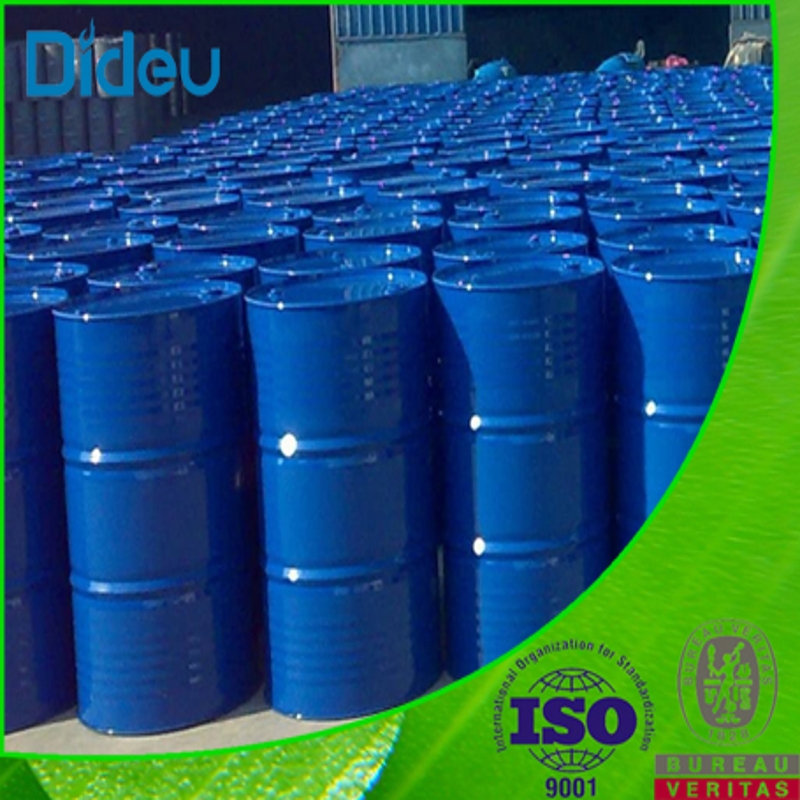-
Categories
-
Pharmaceutical Intermediates
-
Active Pharmaceutical Ingredients
-
Food Additives
- Industrial Coatings
- Agrochemicals
- Dyes and Pigments
- Surfactant
- Flavors and Fragrances
- Chemical Reagents
- Catalyst and Auxiliary
- Natural Products
- Inorganic Chemistry
-
Organic Chemistry
-
Biochemical Engineering
- Analytical Chemistry
-
Cosmetic Ingredient
- Water Treatment Chemical
-
Pharmaceutical Intermediates
Promotion
ECHEMI Mall
Wholesale
Weekly Price
Exhibition
News
-
Trade Service
The development and maturation of sperm cells undergoes a drastic process of shape change
.
The morphology of mature sperm is one of the important indicators for evaluating male fertility, and clinical evidence suggests that abnormal morphological sperm (teratospermia) can lead to reduced
fertilization.
Previous studies have identified a number of genetic mutations associated with zoospermia, which function abnormally and affect the morphology of the head, neck, and tail of spermatozoa, respectively, highlighting the higher genetic heterogeneity of
zoospermia.
The cause of most zoospermia remains unknown
.
Recently, the Ninth People's Hospital affiliated to Shanghai Jiao Tong University School of Medicine, the Lei Ming team of Shanghai Institute of Precision Medicine, and the Kuang Yanping team of the Department of Assisted Reproduction of the Ninth People's Hospital published a research paper entitled "Mutations in CCIN cause teratozoospermia and male infertility" in Science Bulletin, reporting the pathogenic mutation of the CCIN gene that causes type II roundhead spermatospermia.
The function and mechanism
of CCIN in sperm deformation and male infertility were revealed through the study of mutant mouse models.
In this study, the authors performed whole exome sequencing on a close family of clinically malformed spermatozoa, and found that both brothers of the patient carried a homozygous missense mutation of the CCIN gene.
125A>T(p.
H42L); Subsequently, 126 patients with sporadic teratospermia were screened for a compound heterozygous mutation c.
1294C>T(p.
R32W) /c.
1341C>A(p.
C447*)
。 The researchers conducted morphological analysis of the sperm of the above patients, and the results showed that the mutant sperm head showed a pathological form similar to type II roundhead spermatozoa, with irregular depression of the nucleus, abnormal morphology of the acrosome, and excessive cytoplasmic residue
.
Further, the researchers used CRISPR-Cas9 technology to construct the corresponding mutant mouse model and successfully reproduced the patient's infertility phenotype
.
Studies in mouse models have shown that CCIN point mutations destroy the structural stability of its protein product Calicin, resulting in a sharp decrease in Calicin levels in sperm cells, affecting the morphological changes of the nucleus in the acrosome phase and the normal formation of the acrosome structure, and eventually leading to severe deformity
of the sperm head.
Finally, in vitro fertilization (IVF) experiments showed that CCIN-mutated sperm from both human patients and mouse models failed to adhere to the zona pellucida of the egg, which is the main cause
of male infertility caused by CCIN mutations.
The use of intracytoplasmic sperm injection (ICSI) can successfully overcome this defect, allowing patients and mutant mice to obtain healthy offspring
.
CCIN mutation leading to sperm head malformation and male infertility
Starting from clinical male infertility cases, this study identifies new pathogenic gene mutations and elucidates the relevant mechanisms through basic research, and explores corresponding treatment strategies, providing important clues
for genetic counseling and assisted reproduction treatment in clinical male infertility cases.
Lei Ming, Ninth People's Hospital Affiliated to Shanghai Jiao Tong University School of Medicine, Shanghai Institute of Precision Medicine, Kuang Yanping and Lv Qifeng, Department of Assisted Reproduction, Ninth People's Hospital Affiliated to Shanghai Jiao Tong University School of Medicine, are co-corresponding authors of the paper, Fan Yong, doctoral student of the Ninth People's Hospital Affiliated to Shanghai Jiao Tong University School of Medicine, and Dr.
Huang Chenhui of the Ninth People's Hospital Affiliated to Shanghai Jiao Tong University School of Medicine and Shanghai Institute of Precision Medicine are the co-first authors
of the paper.
The research was supported
by the National Natural Science Foundation of China, the National Key Research and Development Program, and the Collaborative Innovation Cluster of the Shanghai Municipal Health Commission.
style="margin-bottom: 16px;outline: 0px;max-width: 100%;color: rgb(34, 34, 34);font-family: system-ui, -apple-system, BlinkMacSystemFont, "Helvetica Neue", "PingFang SC", "Hiragino Sans GB", "Microsoft YaHei UI", "Microsoft YaHei", Arial, sans-serif;letter-spacing: 0.
544px;white-space: normal;background-color: rgb(255, 255, 255);line-height: 1.
75em;box-sizing: border-box !important;overflow-wrap: break-word !important;" _msthash="251141" _msttexthash="12774866">For more information about the study, please visit the journal's official website to read the original article
.
[Click on the link below or "Read Original"].
https://doi.
org/10.
1016/j.
scib.
2022.
09.
023







